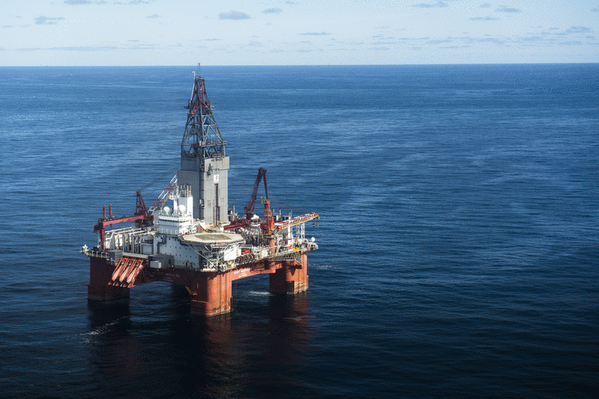
Equinor's exploration well drilled near its Korpfjell gas find in the Norwegian Arctic has proved to be dry, Norway's Petroleum Directorate said on Monday, in an area near the Russian offshore border the company had hoped would be oil rich.
This is another disappointment for Norway which hoped that the Barents Sea could become its new oil and gas province, helping to sustain its key industry, whose production is set to fall from mature fields in the North Sea.
The first shallow well drilled at Korpfjell prospect found a non-commercial volume of natural gas. The second well was drilled to greater depths, more than 4,000 meters below the sea surface.
Simon Sjoethun, analyst at Rystad Energy, said Korpfjell prospect in the formerly disputed border area with Russia had initially generated high hopes.
The area in the southeastern Barents Sea was opened for seismic acquisition and exploration after Norway and Russia's border agreement came into force in 2011.
"Big expectations were released, in a negative sense, with the 2017 gas discovery. That was a decent gas discovery but given that it's so far away from any infrastructure, it's not economical to develop it," Sjoethun added.
The Barents Sea lacks gas export infrastructure, such as pipelines, meaning energy companies are primarily interested in finding oil, which can be exported by tanker.
Equinor, which holds a 30% stake in the production licence, was not immediately available for comment.
Norway's DNO has 20%, state-owned Petoro has 20%, Sweden's Lundin Petroleum has 15% and ConocoPhillips holds the remaining 15%.
The Norwegian Petroleum Directorate (NPD) estimates the Barents Sea to hold about two-thirds of undiscovered resources on the Norwegian continental shelf.
The oil firms, however, have failed to make significant finds since Lundin's Alta discovery in 2014. So far, only two fields in the Barents Sea, Equinor's Snoehvit and Eni's Goliat, are in operation.
Equinor plans to start production at its 450-650 million barrel Johan Castberg field in 2022, more than a decade after its discovery.
Last year, oil firms drilled a total of 53 exploration wells on the Norwegian continental shelf, up from 17 wells in the previous year, and the activity is expected to remain at the same high level in 2019.
(Reporting by Gwladys Fouche, Nerijus Adomaitis and Victoria Klesty, editing by Louise Heavens and David Evans)